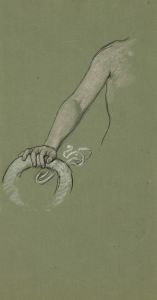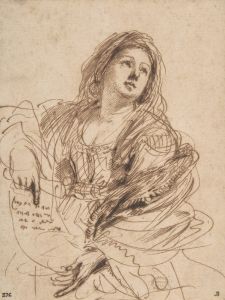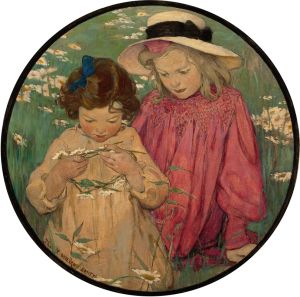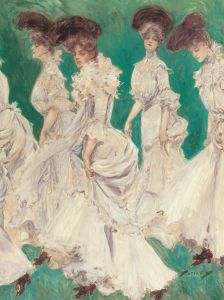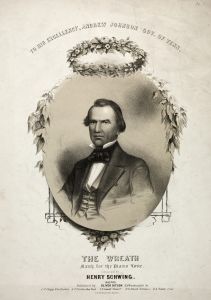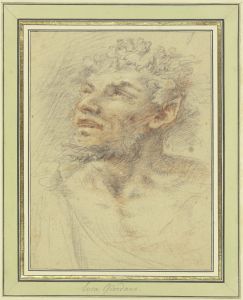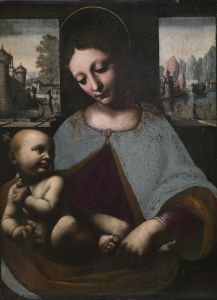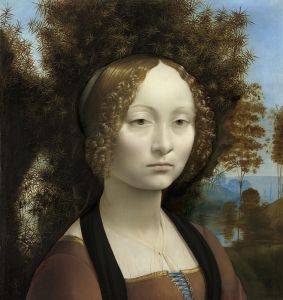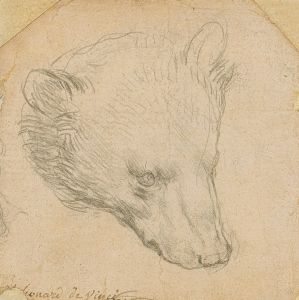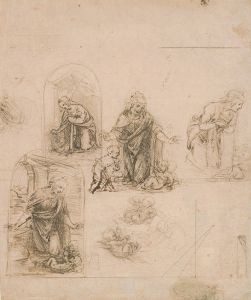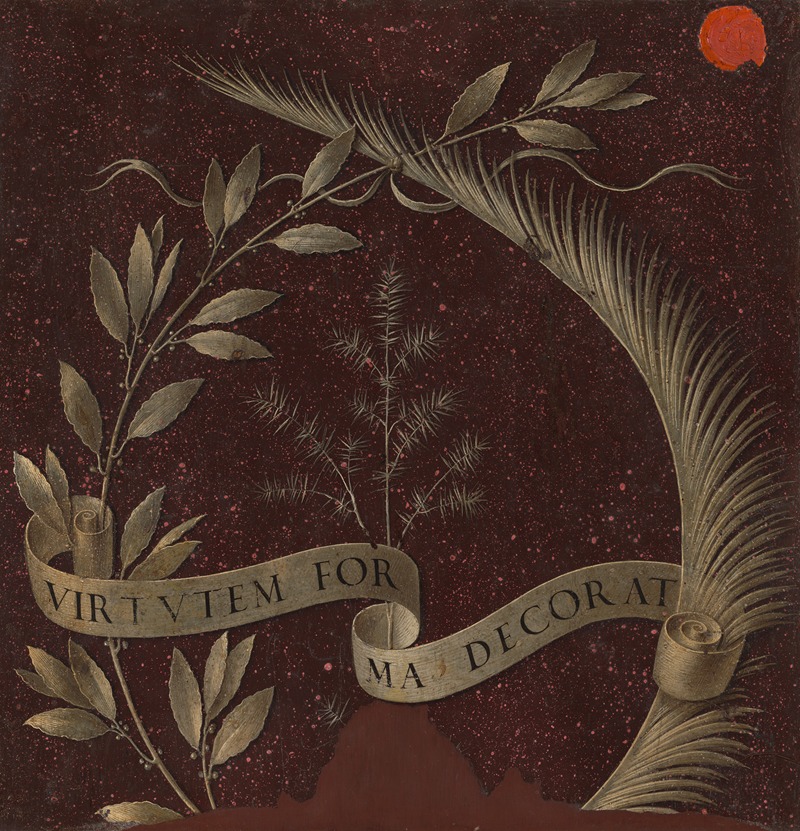
Wreath of Laurel, Palm, and Juniper with a Scroll inscribed Virtutem Forma Decorat
A hand-painted replica of Leonardo da Vinci’s masterpiece Wreath of Laurel, Palm, and Juniper with a Scroll inscribed Virtutem Forma Decorat, meticulously crafted by professional artists to capture the true essence of the original. Each piece is created with museum-quality canvas and rare mineral pigments, carefully painted by experienced artists with delicate brushstrokes and rich, layered colors to perfectly recreate the texture of the original artwork. Unlike machine-printed reproductions, this hand-painted version brings the painting to life, infused with the artist’s emotions and skill in every stroke. Whether for personal collection or home decoration, it instantly elevates the artistic atmosphere of any space.
Leonardo da Vinci, the quintessential Renaissance artist and polymath, is renowned for his contributions to art, science, and engineering. Among his extensive oeuvre, the piece titled "Wreath of Laurel, Palm, and Juniper with a Scroll inscribed Virtutem Forma Decorat" is a notable work that reflects his mastery in drawing and his deep engagement with symbolism and humanist ideals.
This artwork is a drawing that exemplifies Leonardo's skill in rendering intricate details and his interest in classical themes. The drawing features a wreath composed of laurel, palm, and juniper leaves, which are plants rich in symbolic meaning. In classical antiquity, the laurel was associated with victory and achievement, often used to crown victors in athletic competitions and military commanders. The palm is similarly a symbol of triumph and victory, while the juniper is sometimes associated with chastity and protection.
At the center of this wreath is a scroll bearing the Latin inscription "Virtutem Forma Decorat," which translates to "Beauty adorns virtue." This phrase encapsulates a key Renaissance ideal that beauty and virtue are intertwined, reflecting the humanist belief in the moral and aesthetic improvement of the individual. Leonardo's inclusion of this inscription suggests his alignment with these humanist values, emphasizing the harmony between physical beauty and moral excellence.
The drawing is executed with Leonardo's characteristic precision and attention to detail. His use of line and shading demonstrates his understanding of form and texture, bringing a lifelike quality to the botanical elements. The composition is balanced and harmonious, showcasing Leonardo's ability to integrate complex symbolic elements into a cohesive whole.
While the exact date of the drawing's creation is not definitively known, it is generally attributed to Leonardo's mature period, when he was deeply engaged in exploring the connections between art, nature, and philosophy. This period of his career was marked by an intense study of anatomy, botany, and the natural world, which is evident in the meticulous rendering of the wreath's components.
The drawing is part of the Royal Collection and is housed at Windsor Castle, where it is preserved alongside other works by Leonardo. The Royal Collection holds one of the most significant assemblages of Leonardo's drawings, providing insight into his creative process and intellectual pursuits.
"Wreath of Laurel, Palm, and Juniper with a Scroll inscribed Virtutem Forma Decorat" is a testament to Leonardo da Vinci's genius, reflecting his ability to blend artistic skill with intellectual inquiry. It serves as a window into the Renaissance mind, where art was not merely a visual endeavor but a means of exploring and expressing complex philosophical ideas. Through this work, Leonardo continues to inspire admiration for his ability to capture the essence of humanist thought in a single, elegantly crafted image.





